A brass floor drain is a practical and decorative feature found in many residential and commercial bathrooms, kitchens, balconies, and laundry areas. Known for its durability and attractive appearance, a floor drain helps manage wastewater while contributing to the overall design of a space. To ensure that it performs reliably and maintains its clean, polished look, regular cleaning and maintenance are essential. This guide will walk you through a step-by-step process for caring for your brass floor drain effectively.
Routine maintenance of your brass floor drain prevents clogs, unpleasant odors, and surface tarnish. Without regular attention, dirt, hair, and soap residue can accumulate, affecting both the drain’s functionality and appearance. Additionally, moisture exposure can cause a floor drain to lose its shine over time. A consistent cleaning routine will keep it in good working condition while preserving its finish.
Before starting, collect the tools and materials needed for the job:
Soft-bristle brush
Screwdriver (if needed to remove the cover)
Mild liquid detergent
Warm water
Soft cloth or sponge
White vinegar (optional for mineral deposits)
Baking soda (optional for deodorizing)
These items will help clean the brass floor drain without damaging its surface.
Begin by carefully removing the drain cover. Many brass floor drain covers are secured with small screws, while others may lift out easily. Use a screwdriver if necessary, taking care not to scratch the surface. Set the cover aside and inspect it for debris, stains, or signs of tarnish.
Once the cover is removed, check inside the brass floor drain for accumulated hair, dirt, or soap residue. Use a soft-bristle brush to gently scrub away debris. Avoid using harsh, abrasive tools, as these could scratch or damage the brass components.
For stubborn buildup, pour a mixture of warm water and mild liquid detergent into the drain. Let it sit for a few minutes, then scrub gently with the brush. Rinse thoroughly with clean water to ensure no soap residue remains.
Place the brass floor drain cover in a basin filled with warm, soapy water. Let it soak for a few minutes to loosen any dirt or stains. Use a soft cloth or sponge to wipe down the surface, paying attention to corners and edges where grime tends to gather.
If mineral deposits or discoloration are present, you can treat them using a mixture of white vinegar and water. Apply the solution to the cover with a soft cloth and gently rub the affected areas. Be sure to rinse the cover well afterward to avoid any lingering acidic residue.
To keep your floor drain smelling fresh, sprinkle a small amount of baking soda into the drain, followed by warm water. This simple method helps neutralize odors without the need for chemical products. Allow the solution to sit for several minutes before rinsing with clean water.
To maintain the natural shine of your brass floor drain, polish the cover after cleaning. Use a soft, dry cloth to gently buff the surface, restoring its luster. Avoid using harsh polishing agents, as these might damage the brass finish over time.
Once all parts are clean and dry, place the brass floor drain cover back over the opening. If screws were removed, tighten them carefully without over-tightening, which could strip the threads or crack the surrounding material.

 English
English Español
Español عربى
عربى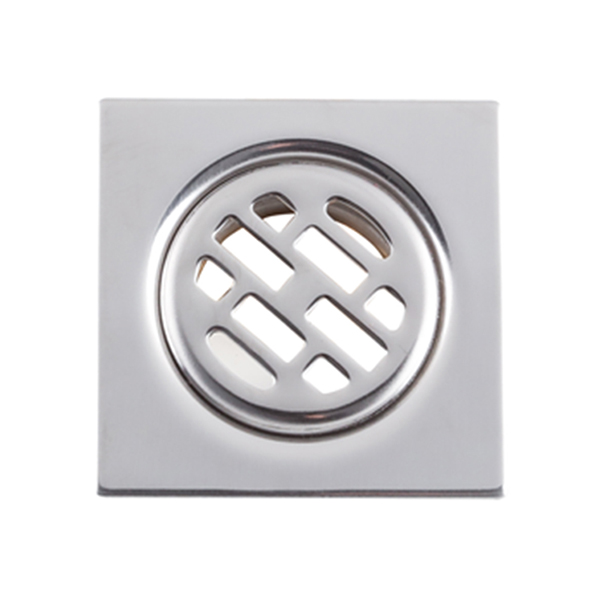
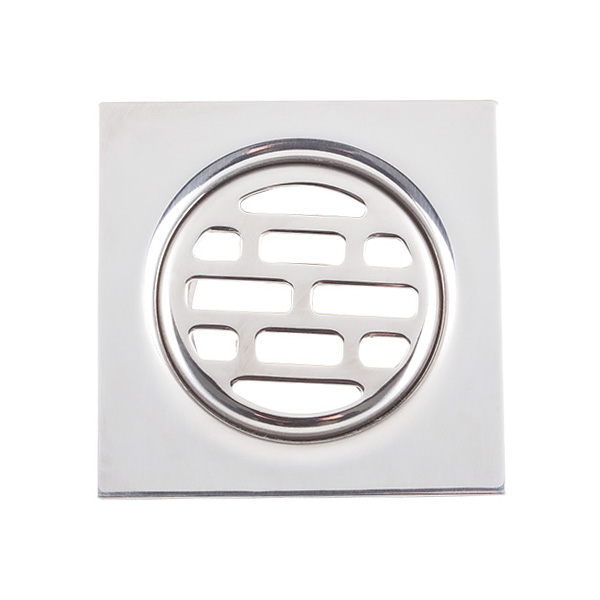
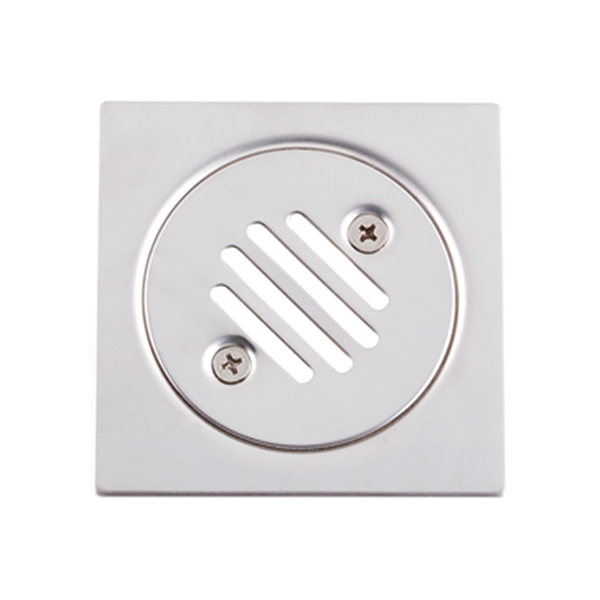
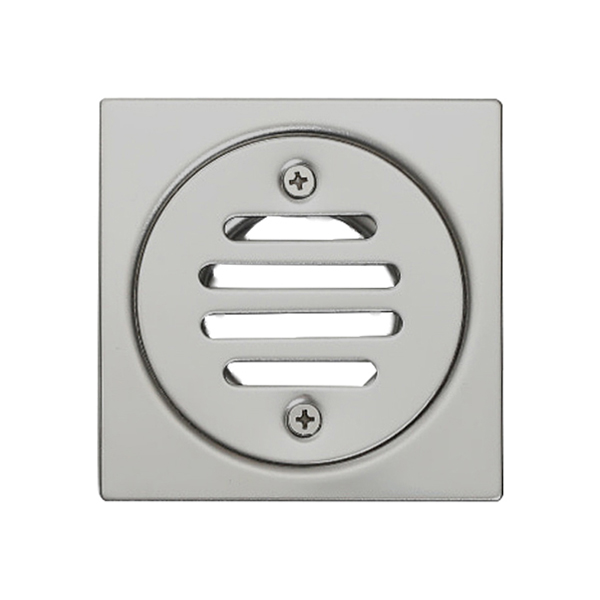
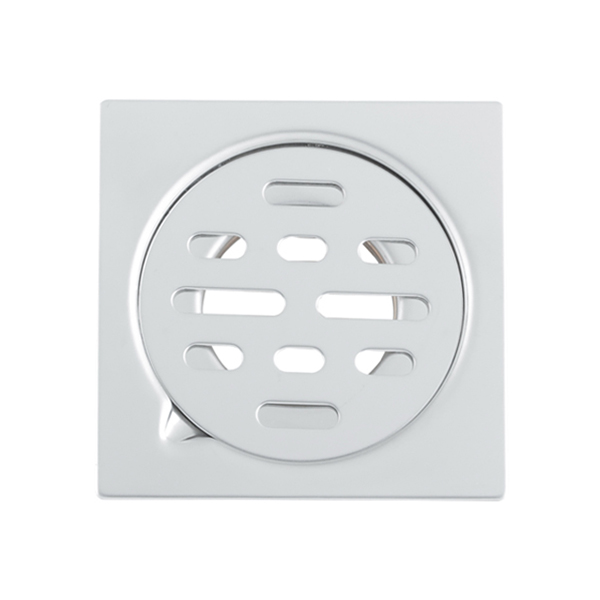
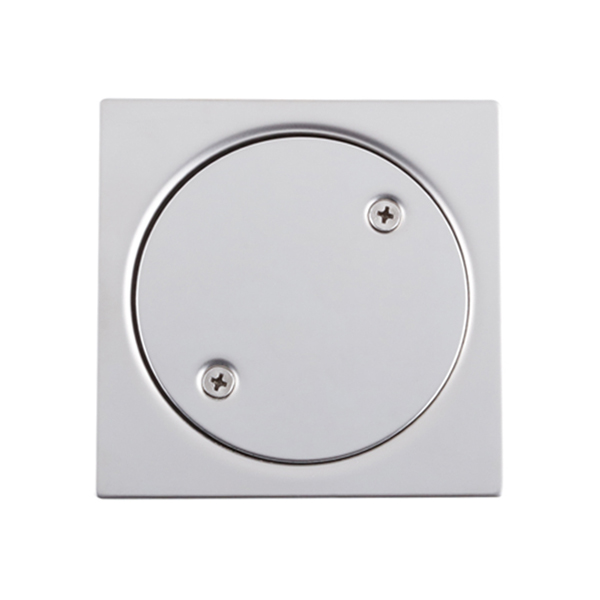
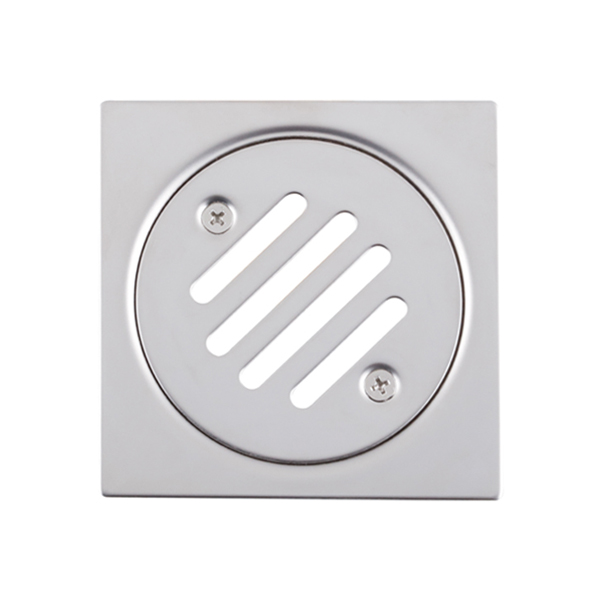
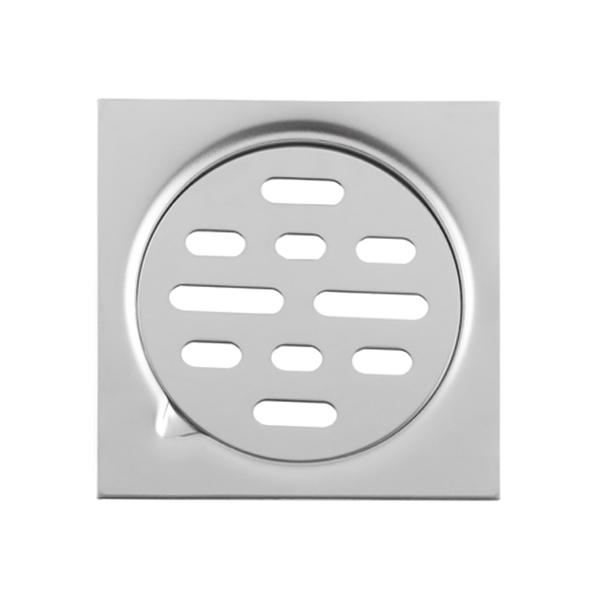
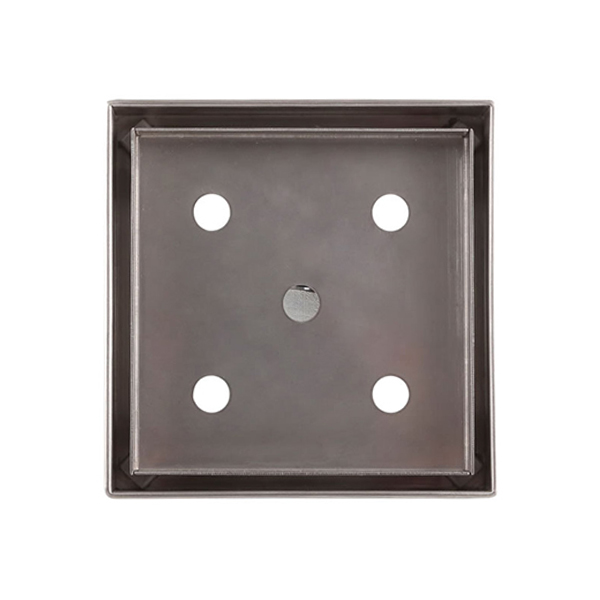
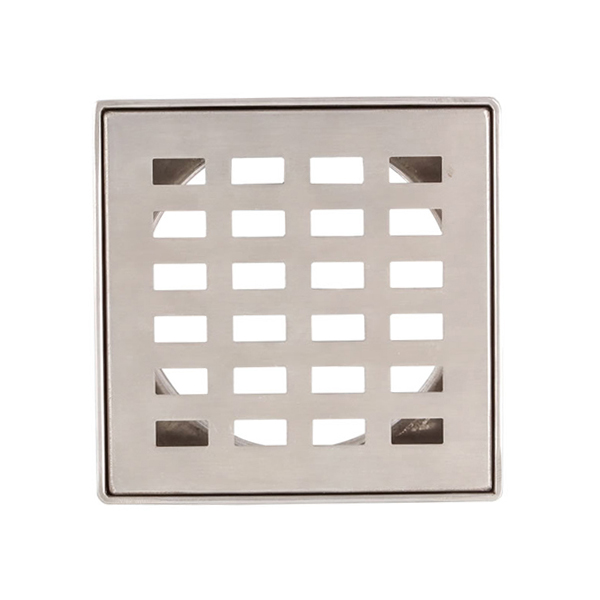
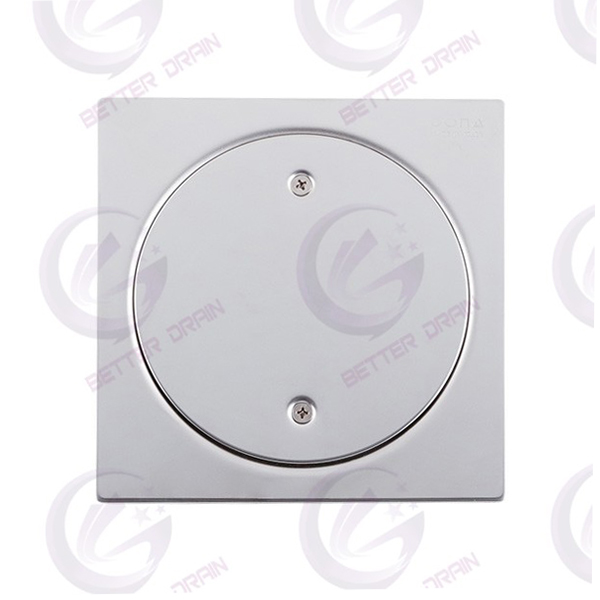
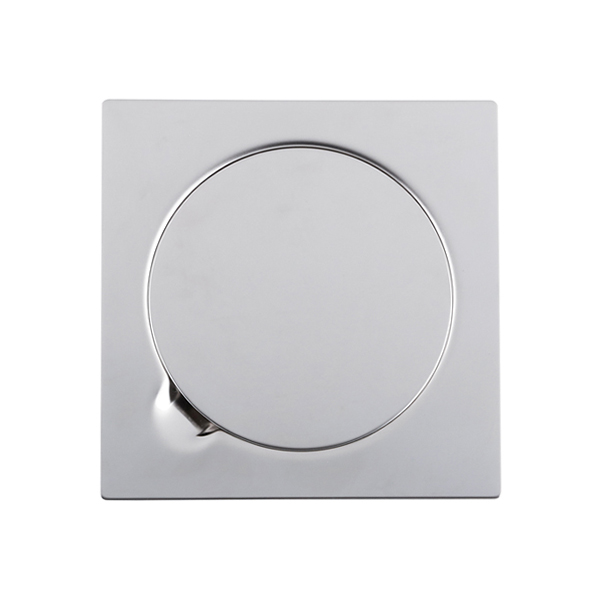

 +86-576-87422105
+86-576-87422105
 +86-576-87422322
+86-576-87422322 Xuancheng rd 32#, Yuhuan Economic Development Zone, Zhejiang, China
Xuancheng rd 32#, Yuhuan Economic Development Zone, Zhejiang, China